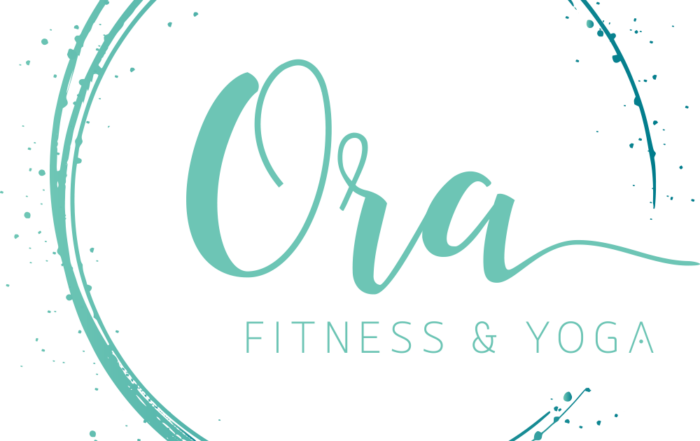
Crossfit and Injuries
We have all heard certain individuals claiming that “Crossfit is dangerous” and are completely against it. Whether these people are fitness trainers, healthcare professionals, or athletes, we hear it often. I decided to try Crossfit at the beginning of this year to see whether these claims were warranted, as I was working with quite a few Crossfit patients at the time. I started to really like the workouts and environment, and have learned quite a few things along the way to help decide for myself whether the negative reviews against Crossfit are warranted or not.
A fellow colleague and Crossfitter sent me some recent literature on Crossfit.
Here are Some Take-Home Points
- Injury rates in Crossfit were comparable to or lower than Olympic weightlifting, distance running, military conditioning, track and field, rugby, and gymnastics.
- Injury rates were estimated to be 19.4% over a 6-month survey period.
- Distance running ranges from 19.4-79.3% (much higher!)
- Most common injuries reported:
- Shoulder (25%)
- Low back (14.3%)
- Knee (13.1%)
- A Crossfit injury rate of 3.1 (injuries) per 1000 hours trained was found in one study
- This is similar to:
- Olympic weightlifting
- Gymnastics
- Rugby
- But MUCH lower than:
- High school football (140 per 1000 exposure hours***)
- Ice Hockey (78.4 per 1000 hours)
- Men/Women’s Soccer (4.22 and 5.21 per 1000 respectively)
- This is similar to:
- Another study found a lower injury rate than above, however due to the variability in Crossfit experiences, it is difficult to determine concrete values and compare across studies.
- Shoulder injuries:
- Highest incidence of inury rates (25-31.8%)
- Due to requirements of working the shoulder beyond normal physiologic range of motion (kipping pull ups, snatches) as well as high repetitions within Crossfit sessions (leading to fatigue).
- Highest incidence of inury rates (25-31.8%)
- Incidence of injuries higher among males
- Females were reported to utilize the Crossfit coach significantly more than males.
- This speculates that due to males being reported less likely to ask for help from a coach, they are more likely to injury themselves.
Current authors admit the lack of research and difficulty with studying the Crossfit population, primarily due to the differences between Crossfit training programs. This strongly identifies the importance of appropriate Crossfit programming and effective coaching strategies.
What this Means
- Training program: must emphasize proper technique and loading progression AKA: master the basics and add load appropriately.
- The Crossfit affiliated gym and the trainers are the most important part of this. Find a gym that challenges you but emphasizes technique and individualized progressions.
- This also includes a dynamic and functional warm up.
- Effort: “All out” effort every workout may not be the best approach (injury-wise) – save some fuel to give a solid effort the next workout.
- Use competitions and benchmark training sessions for your 110% effort!
- Build a Foundation: Check your movement abilities (functional assessment is an example of this – see below) and work on what areas need mobility or stability – build off this so your foundation is solid! It is harder to change poor movement patterns when they have been going on for an extended amount of time.
- Strength versus Conditioning: Focus on improving strength with the big lifts, but be OK with lowering weight for the conditioning workout (scale the WOD)
Prevention
Functional Assessments
Many different assessment tools have been developed and studied. There are a few well utilized amongst fitness and healthcare professionals to help determine injury risk. They do this by looking at: mobility and stability in individual joints, ability to control important movement patterns, determine asymmetries, whole body movement assessment, etc.
Common Movement Screens
- Functional Movement Screen (FMS)
- Selective Functional Movements Assessment (SFMA)Specifically, the FMS has been studied for pre-screening Crossfit athletes. The study found an even lower injury rate amongst Crossfit athletes (2.1 per 1000 hours) and identified some risk factors for injury:
- Having a pre-existing injury (within last 6 months).
- Gender
- Males more likely due to asking for help less.
- More than 2 asymmetries found on the FMS screen.
Conclusion
- Crossfit has a lower injury rate than many comparable forms of exercise, not to even mention the extensive health and wellness benefits! Finding a gym that has educated and attentive trainers is essential!
- Being a higher impact and effort activity, Crossfit athletes should be aware of the risks and be conscious of the preventative measures available.
- If dealing with a current or old injury, have this properly assessed and treated by a healthcare professional before it becomes more of an issue!
- Find a fitness or healthcare professional that can properly assess your movement patterns to help with these known risk factors.
- Build your foundation around good movement!
Contact me for a Functional Assessment, injury assessment, or with any questions!
References
Hak, P. T., Hodzovic, E., & Hickey, B. (2013). The nature and prevalence of injury during CrossFit training. Journal of Strength and Conditioning Research, doi:10.1519/JSC.0000000000000318 [doi]
Klimek, C., Ashbeck, C., Brook, A. J., & Durall, C. (2017). Are injuries more common with CrossFit training than other forms of exercise? Journal of Sport Rehabilitation, , 1-17. doi:10.1123/jsr.2016-0040 [doi]
Yuri, F., Butcher, S. (2015). Crossfit Injuries and Training. Physiotherapy Practice, 5(3). 17-20.
More great content from our blog
Beyond the Horizon: Gratitude and Reflection as Our Health Chellenge Ends
As we come to the end of our four-week journey into the world of health... ...we want to say thank you for your participation this year. We hope each and every one of you found
Is It Worth It?
Is the idea of your perfect body, worth the trade-off? We HIGHLY recommend watching this video. (Click here) It gives really good context for the sacrifices needed to reach certain aesthetics. It's only 12 minutes
Exclusive Promotion: Ora Fitness and Yoga
Ora Fitness and Yoga With a wide range of services; including Group Training, Infrared Yoga, Spin, Personal Training, and Nutritional Coaching, there’s something for everyone at Ora! They offer a holistic approach to fitness and







Get Social With Us